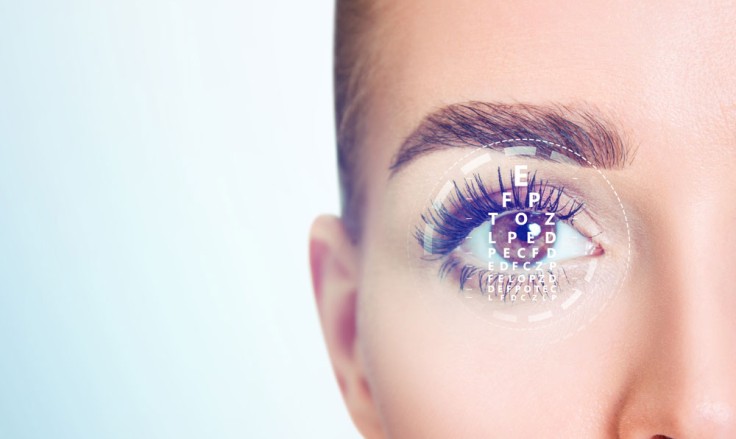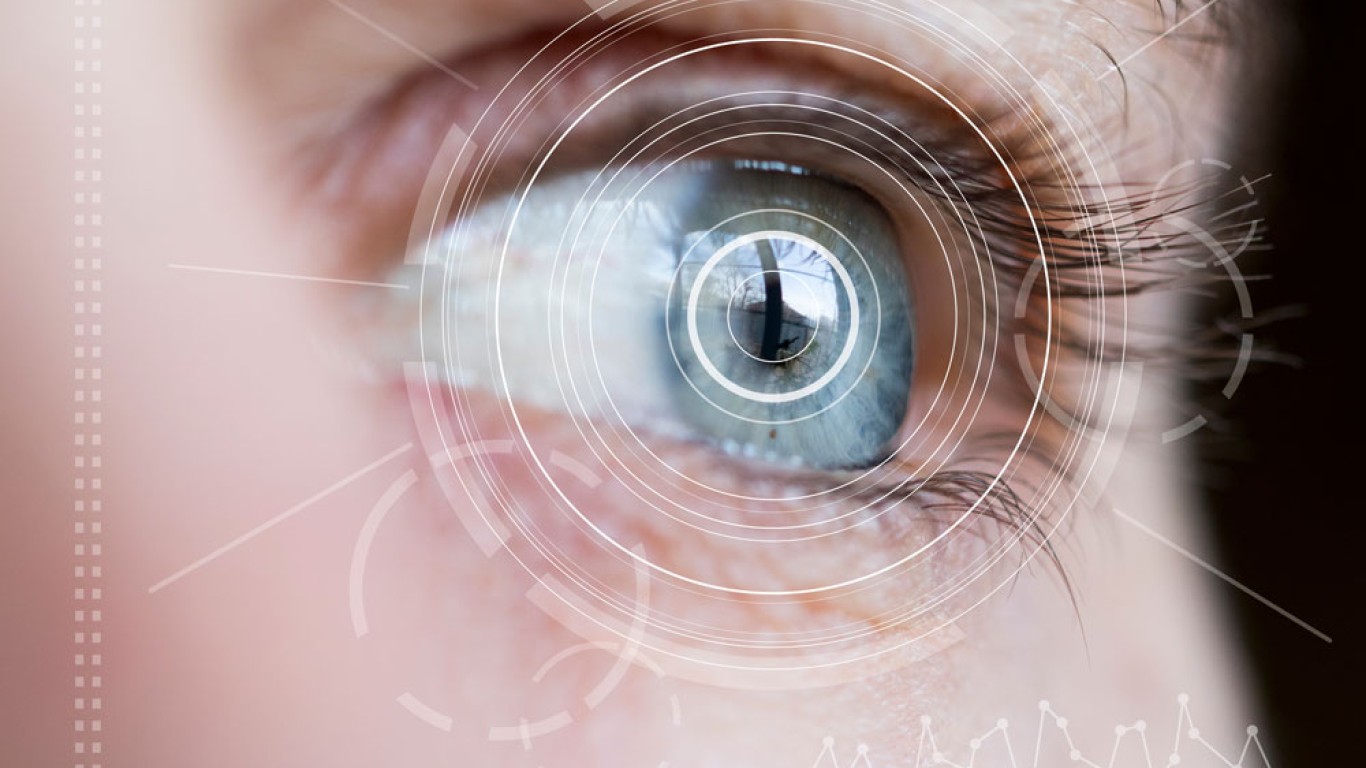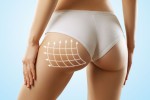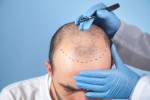Introduction
For millions of people, clear vision is an essential part of daily life. Yet, many rely on glasses or contact lenses to correct nearsightedness, farsightedness, or astigmatism. However, a growing number are turning to LASIK surgery as a long-term solution. If you’ve ever considered ditching your glasses, you might be wondering—what's the better option in the long run? This article compares LASIK and glasses. It will help you decide what fits your lifestyle, budget, and visual goals. We'll break it down by cost, convenience, long-term outcomes, and quality of life.
LASIK or Glasses? Initial Costs vs. Long-Term Value
Glasses are generally cheaper upfront. You can buy a basic pair for a modest cost. However, prescription lenses, designer frames, and anti-glare coatings can quickly raise the price. Over the years, these costs add up—especially if your prescription changes often. By contrast, LASIK involves a one-time payment. Although the surgery costs more initially, it may prove cost-effective over time. Many people never need glasses again. Therefore, they save on regular eye tests, frame upgrades, and replacement lenses. Calculate the cost of glasses or contacts over 10–20 years. LASIK often comes out cheaper overall.
Convenience in Daily Life
Glasses require daily management. You must clean them, keep them safe, and avoid scratches. Additionally, they can fog up in cold weather or slip during physical activity. Many people find glasses frustrating during workouts, sports, or rainy days. Conversely, LASIK offers greater freedom. After surgery, most people enjoy clear vision from the moment they wake up. There’s no need to carry a case or worry about broken frames. Furthermore, LASIK patients often report feeling more confident without glasses on their face. This can improve social and professional interactions.
LASIK or Glasses? Visual Clarity and Correction
Modern glasses provide excellent correction. High-index lenses and coatings can reduce distortion and improve clarity. Nonetheless, some people experience peripheral distortion, especially with strong prescriptions. LASIK reshapes the cornea to correct your vision directly. This allows light to focus more accurately on the retina. Most LASIK patients achieve 20/20 vision or better. Additionally, LASIK can correct multiple issues at once. It’s suitable for nearsightedness, farsightedness, and astigmatism. Some advanced techniques even address mild presbyopia.
LASIK or Glasses? Aesthetic Considerations and Confidence
Some people love their glasses. They view them as a stylish accessory and a part of their identity. However, others feel self-conscious or find that glasses detract from their appearance. LASIK offers the appeal of a glasses-free look. You can wear sunglasses freely and participate in photos without glare. Many patients feel more confident and youthful after surgery. Furthermore, LASIK removes the need to match eyewear with different outfits or hairstyles.

LASIK or Glasses? Travel and Lifestyle Freedom
Travelling with glasses or contact lenses can be stressful. You need to pack lens solution, spare pairs, and cleaning cloths. A lost or broken pair can cause major disruption abroad. With LASIK, travel becomes simpler. You don't have to carry eye accessories or worry about forgetting your glasses. This freedom can significantly enhance holidays and business trips alike. Moreover, swimmers, hikers, and outdoor enthusiasts enjoy the benefit of full visual freedom.
LASIK or Glasses? Ongoing Maintenance and Appointments
Glasses wearers usually need regular eye tests. This ensures prescriptions remain accurate. They may also visit optical shops for adjustments, repairs, or replacements. While LASIK requires pre-operative and post-operative appointments, it generally doesn’t require long-term follow-ups. Once healing is complete, many people go years without needing an eye exam. Consequently, LASIK reduces medical appointments and maintenance over the long term.
LASIK or Glasses? Changes in Vision with Age
Everyone experiences changes in vision as they age. Presbyopia, or difficulty seeing close-up, often begins in your 40s. Glasses can address this with reading lenses or bifocals. LASIK doesn’t stop presbyopia, but it can be customised. Monovision LASIK corrects one eye for distance and the other for near vision. This option helps some patients reduce their need for reading glasses. Even if you need reading glasses later, you’ll still enjoy improved distance vision after LASIK.
LASIK or Glasses? Recovery Time and Lifestyle Interruption
Getting LASIK does require a short recovery period. Most people return to work within two to three days. Some report dry eyes or sensitivity for a few weeks - these issues usually resolve quickly. Glasses involve no recovery time. However, they can impact comfort, especially when switching prescriptions or adjusting to new lenses. Although LASIK involves a brief interruption, its long-term benefits outweigh the short downtime for many.
LASIK or Glasses? Suitability and Candidacy
Not everyone is a good candidate for LASIK. Ideal candidates have stable prescriptions, good overall eye health, and adequate corneal thickness. A full evaluation is necessary. If you're not suitable for LASIK, other surgical options exist. These include PRK, SMILE, or lens implants. Glasses, on the other hand, are universally suitable. But they don’t address root issues in the eye—they simply compensate for them.
Environmental and Physical Comfort
Glasses can be inconvenient in certain environments. Wearing them while cooking, during sports, or in hot weather can be frustrating. Also, they can cause pressure behind the ears or nose. After LASIK, many people find their lifestyle becomes physically easier. There’s no slipping, fogging, or discomfort. Whether you're at the gym or lying down, your vision stays clear and stable.
Conclusion
Choosing between LASIK and glasses is a personal decision. It is one based on lifestyle, budget, and visual needs. While glasses are cost-effective upfront, they require ongoing maintenance and can impact daily comfort. LASIK provides long-term freedom, convenience, and confidence. For many, the one-time procedure offers years of clear, unhindered vision.
For more information and to book a consultation visit the ACIBADEM Beauty Center laser eye surgery page.
Frequently Asked Questions
Yes, in most cases. However, natural ageing can still affect vision over time.
Yes, LASIK can effectively correct mild to moderate astigmatism.
Many people see clearly within 24 hours, with ongoing improvement for weeks.
You may still need reading glasses with age, but most daily activities won’t require them.
The procedure takes about 10–15 minutes per eye, with a quick overall recovery.













